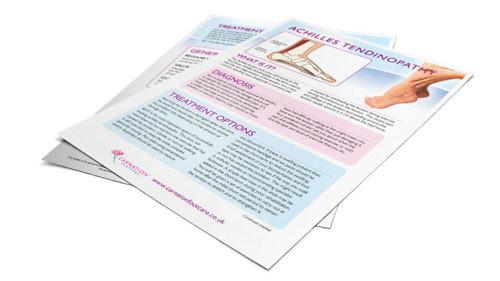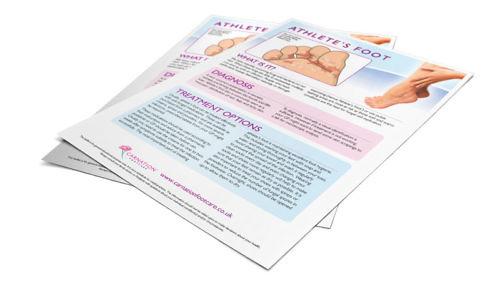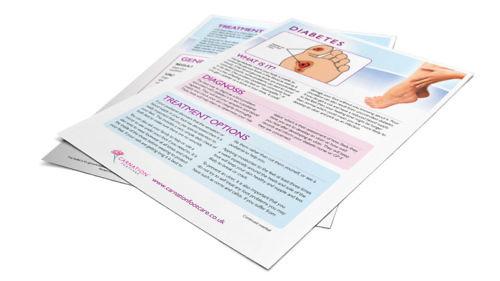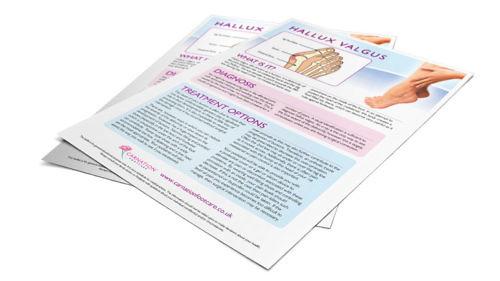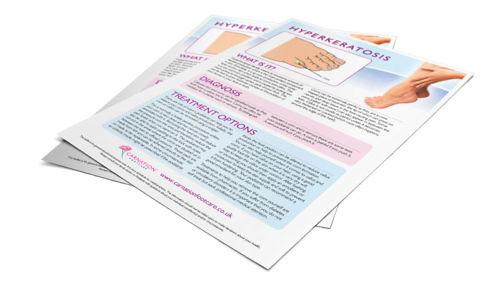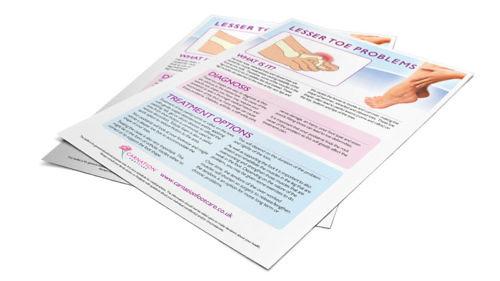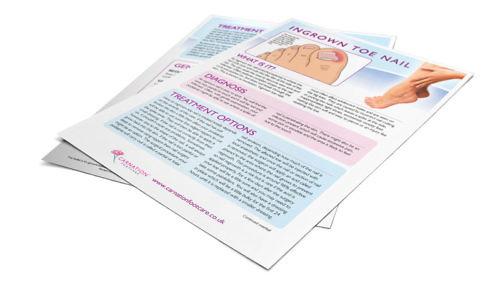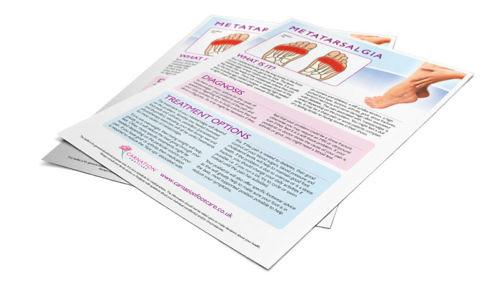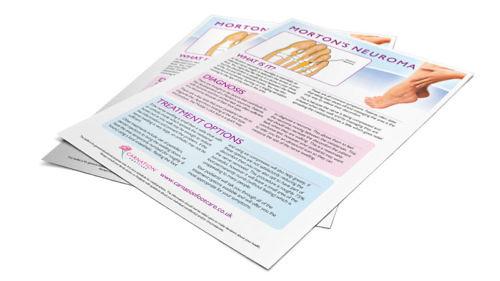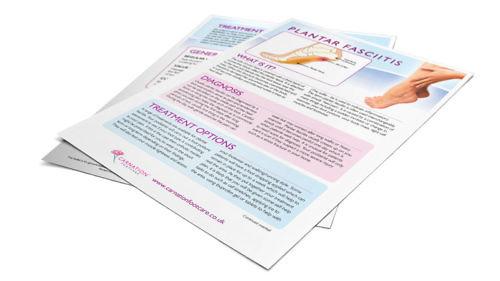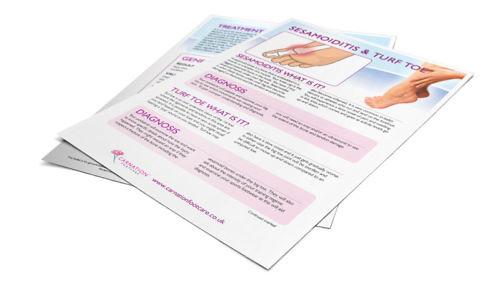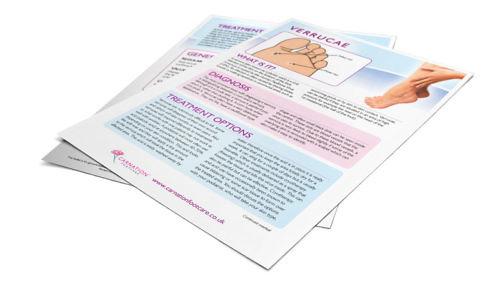
Children’s Feet
Examine children’s feet frequently and when buying shoes have them properly measured with the child standing.
Children’s feet grow very quickly and shoes may need changing every 3-6 months. New shoes should allow sufficient room for growth and movement of the toes.
Socks should never be too small and must allow the toes to fan out naturally.
Do not pass on shoes from one child to another even if they appear to be in good condition and the correct size.
In young growing children barefoot is best wherever possible.
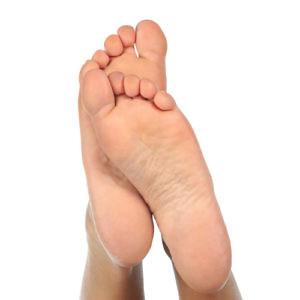
Adults’ Feet
By adulthood, deviation of the big toe has already occurred in many cases, so bunions are an all too frequent probability.
Up until the age of eleven years, boys and girls stand an equal chance of toe deviation. After this, women appear to out-number the men ten to one.
The culprits are very frequently high heeled pointed shoes that force the toes to the front and crowd them for more than a couple of hours each day.
If your job entails standing for many hours, take a pair of roomy shoes or sandals that will allow your feet to swell without distortion. When buying winter shoes, remember that you could be wearing them with thicker socks or tights so allow extra room.
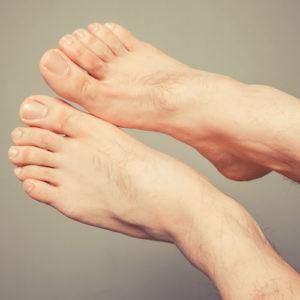
Elderly Feet
Misshapen feet in old age are not inevitable but years of mistreatment and neglect will naturally produce old feet. It is never too late to care for your feet and in old age, when your feet are less supple, well-fitting shoes with plenty of support are even more essential.
Your favourite pair of shoes are not necessarily the best ones, especially if they are well worn. The danger is that, without realising it, you gradually alter the way you walk to compensate for the wear.
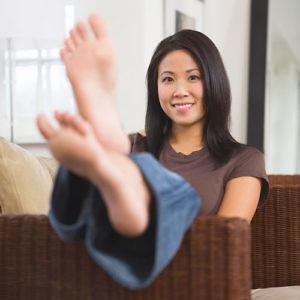
Advice for diabetics
- Diabetics have very sensitive feet. A small cut or bruise which others would not bother about can become a nasty slow healing ulcer in a diabetic so:
- Only wear low heeled shoes with plenty of room for your toes. Wear shoes that fasten with a lace or a strap
- Put on clean socks or hosiery every day
- Wash your feet daily with warm water and mild soap, dry thoroughly
- Dry skin should be rubbed with moisturising cream
- Nails should be cut straight across. Never cut down the sides of the nails
- Your feet should be checked daily for problems. Look for any colour changes, swellings, pain or throbbing, any sores, blisters or areas of weeping moisture (which may be beneath a nail or a corn)
- Visit your diabetic clinic or qualified Chiropodist/Podiatrist regularly
- Know the risks of Diabetic Foot Ulceration
Always seek your Podiatrist’s or Doctor’s advice
Never:
- Use hot water bottles and electric blankets
- Toast your feet in front of the fire
- Remove callouses or corns – this is a job for a professionally qualified chiropodist
- Go barefoot
- Dismiss seeking professional attention if you should injure your foot
- Self-treat – see your diabetic clinic, your doctor or your professionally qualified chiropodist
- Diabetics should not use any medicated corn, callous or verruca removal treatments without their doctor’s permission





